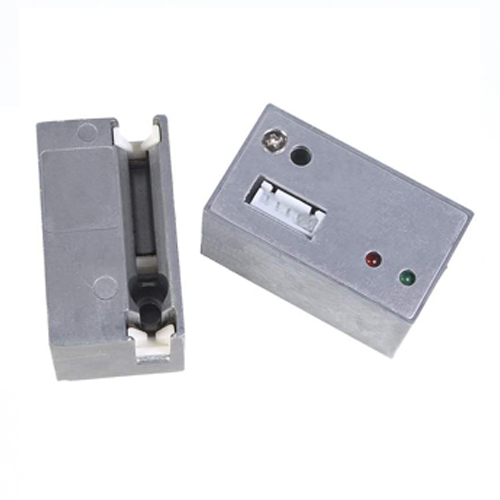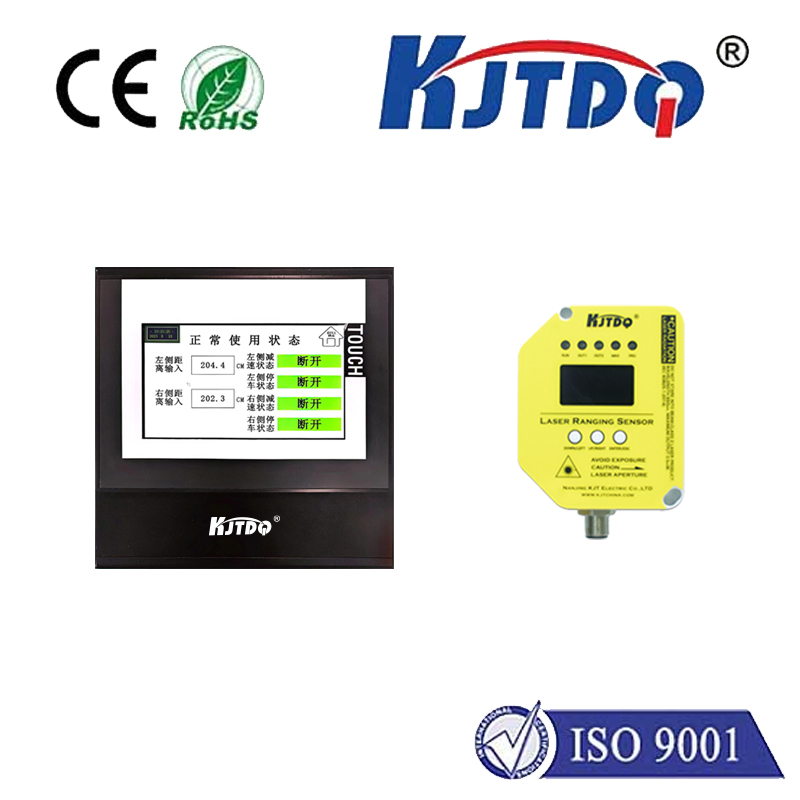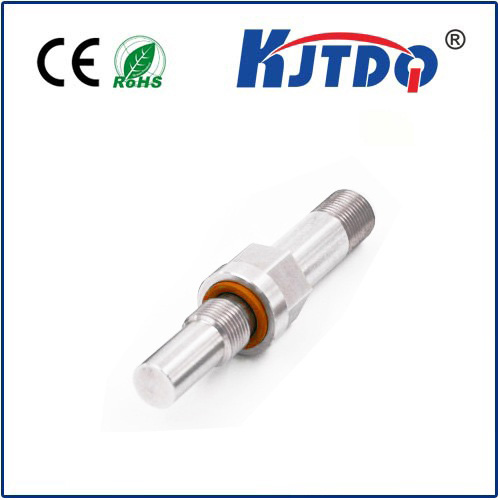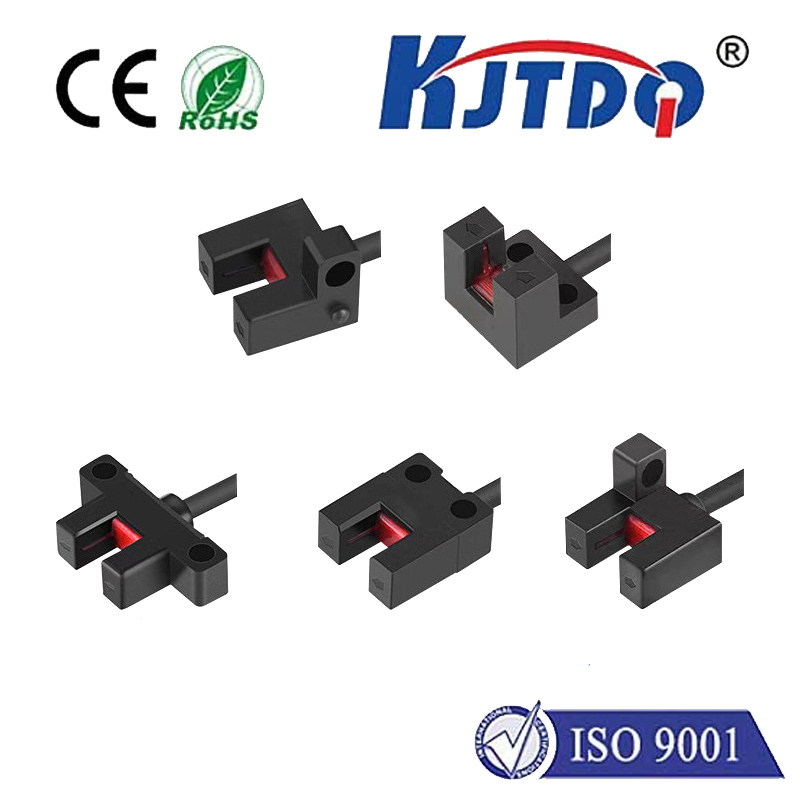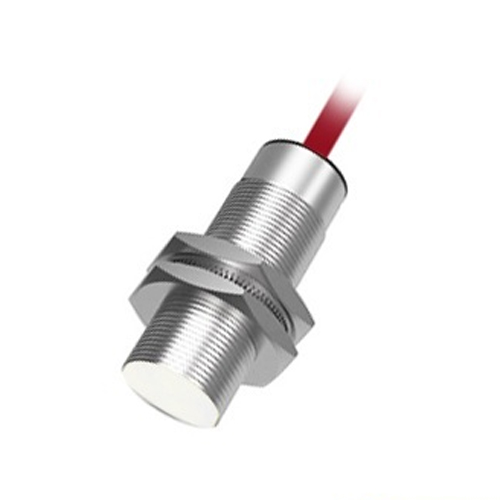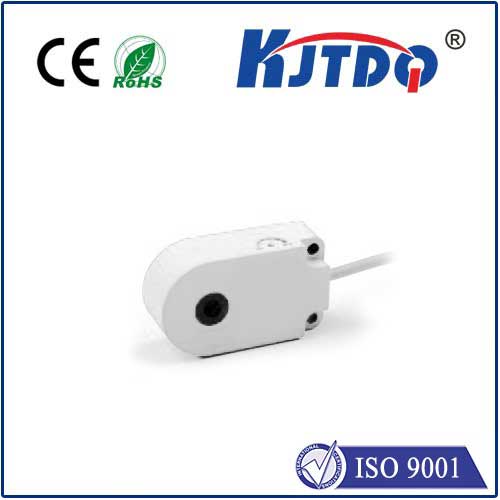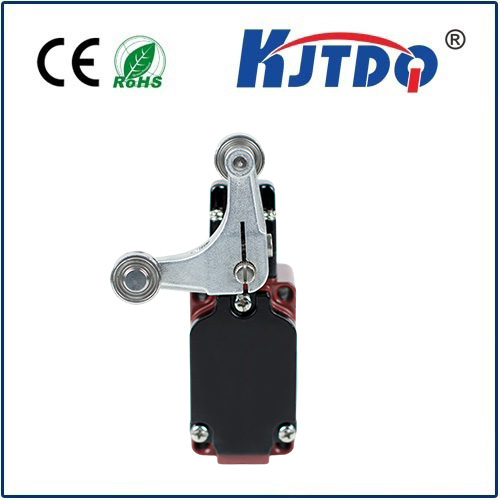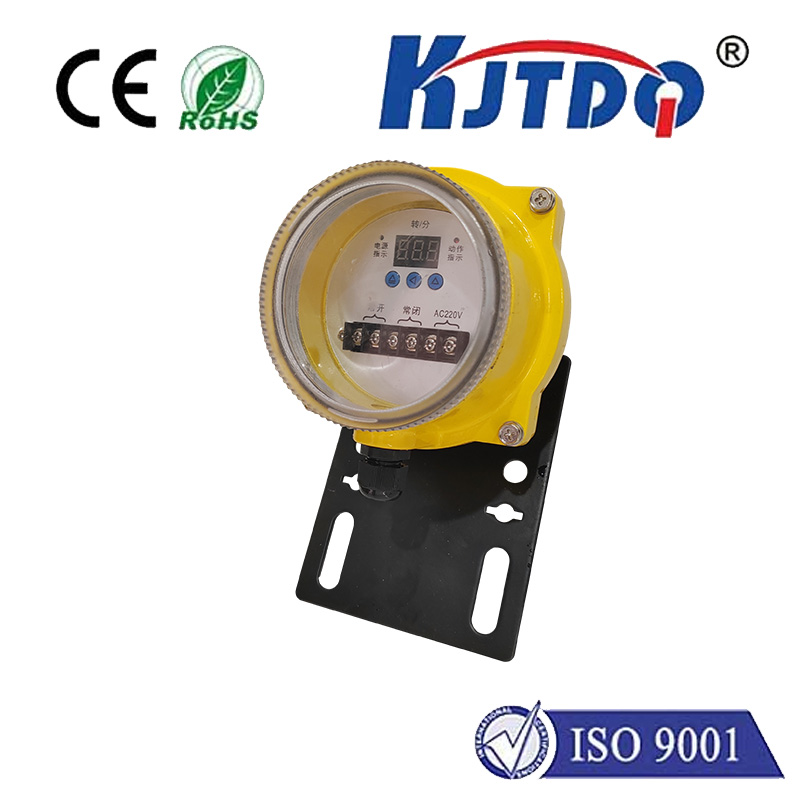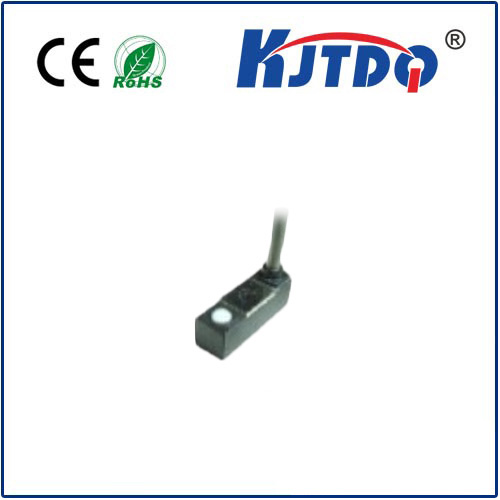

check

check

check

check
The constant hum of a production line, the precise assembly of delicate components, the robotic arms dancing in synchrony – modern automation thrives on certainty. But how do these machines know? How do they detect the presence of a widget on a conveyor, sense the tray is full, or avoid collisions in tight spaces? Often, the silent, unsung heroes enabling this seamless interaction are diffuse proximity sensors. These ingenious devices provide vital non-contact object detection, forming the bedrock of countless automated processes where reliability is non-negotiable.
Demystifying the Diffuse Proximity Sensor: Seeing Without Touching
At its core, a proximity sensor detects the presence or absence of an object within a specific range without physical contact. Diffuse proximity sensors, specifically (sometimes called diffuse photoelectric sensors), achieve this using light. Unlike their “through-beam” cousins that require a separate transmitter and receiver, or “retro-reflective” types needing a reflector, the diffuse sensor houses both the light emitter (typically an LED – infrared, red, or laser) and the light receiver within a single, compact housing.
Here’s the clever part: The sensor emits a beam of light. When this beam strikes an object within its detection range, light is scattered or “diffused” in many directions. A portion of this diffused light bounces back towards the sensor head. The internal receiver detects this reflected light. Detection occurs when the amount of reflected light reaching the receiver exceeds a predefined threshold. Essentially, the sensor sees an object by the light it throws back.

Key Distinguishing Features: Why Choose Diffuse?
Understanding how diffuse sensors compare to other types highlights their unique advantages and limitations:
| Feature | Diffuse Sensor | Through-Beam Sensor | Retro-Reflective Sensor |
|---|---|---|---|
| Components | Single housing (emitter & receiver) | Separate emitter & receiver units | Single housing + external reflector |
| Detection Method | Relies on reflection from target object | Beam interruption between units | Beam reflection from external reflector |
| Installation Ease | ★★★★★ (Simplest - only one side) | ★★☆☆☆ (Requires alignment of two units) | ★★★☆☆ (Requires reflector placement) |
| Detection Range | ★★★☆☆ (Typically shorter) | ★★★★★ (Longest possible ranges) | ★★★★☆ (Long range, but reflector-dependent) |
| Surface Sensitivity | ★★★☆☆ (Highly dependent on color/material) | ★★★★★ (Unaffected by surface properties) | ★★★★☆ (Less affected than diffuse) |
| Common Cost | ★★★☆☆ | ★★★★☆ (Higher due to two components) | ★★★☆☆ |
The simplicity of installation is a major advantage – only one device needs mounting and wiring, saving time and space. They excel in detecting objects directly in front of the sensor face. However, the operational principle means their performance is inherently tied to the reflective properties of the target object. Light-colored, matte objects reflect well; dark, shiny, or absorbent objects reflect poorly. Detection range is also typically shorter than through-beam or retro-reflective types and can be affected by ambient light conditions (though modern sensors often feature robust background suppression technologies to mitigate this).
Where Diffuse Proximity Sensors Truly Shine: Key Applications
Despite their dependence on reflectivity, diffuse sensors are the workhorses of many industries thanks to their simplicity, compact size, and cost-effectiveness:
Critical Considerations for Selection and Use
To leverage diffuse proximity sensors effectively, engineers must carefully assess:
The Indispensable Enabler
Diffuse proximity sensors are far more than just simple presence detectors. They are fundamental, cost-effective components that provide critical feedback loops in automated systems. Their simplicity, versatility in handling diverse non-metallic objects, and ease of installation make them an indispensable tool. While challenges exist with highly absorbent targets or long ranges requiring careful selection, their robustness and reliability when applied correctly keep production lines flowing, packages counting, machines safe, and processes under control. They operate unseen by human eyes, yet their contribution to the smooth, efficient, and safe operation of modern automation is undeniable.

